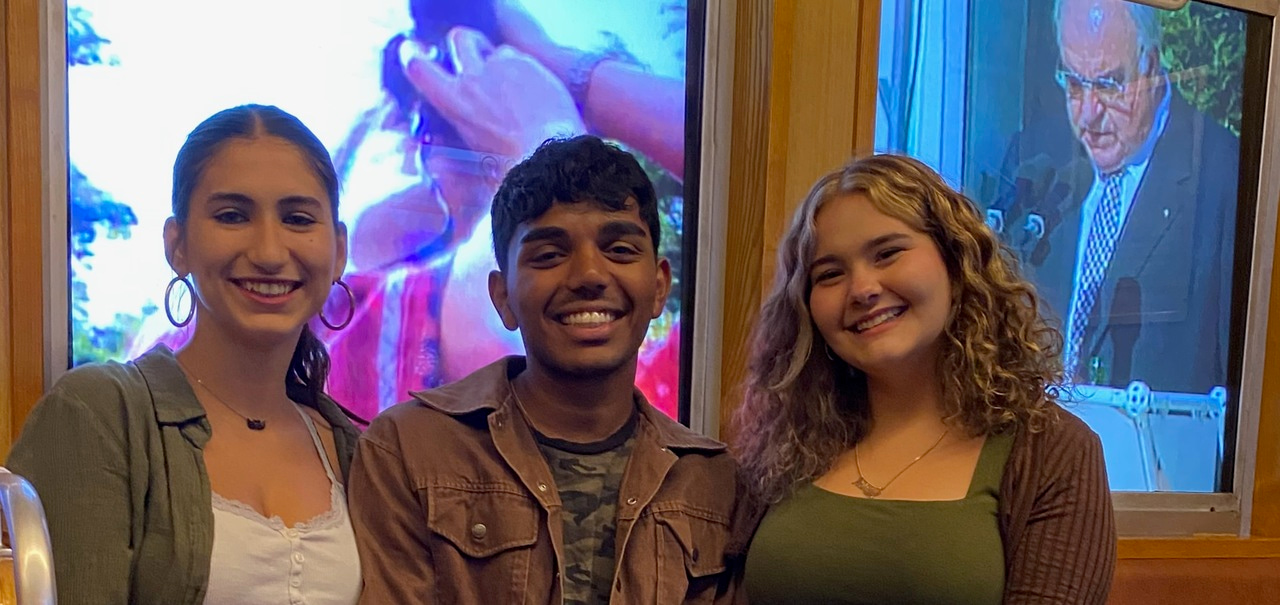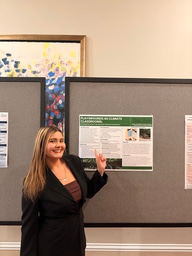Welcome to the Playground: My First International Experience in Berlin

For six weeks this summer, I had the opportunity to conduct research in Berlin, Germany, focusing on how adventure playgrounds foster social development and environmental awareness through unstructured play and immersive design. I combined fieldwork, photography, and museum study to explore how visual research can communicate cultural and policy themes across communities. Alongside my research responsibilities I have learned more about myself and left Germany fulfilled and excited to present our findings in the future.
My biggest takeaway of this experience was how adventure playgrounds enable children to have a sense of creativity, agency and independence at such a young age and how those values transpire into their adult lives. These values deeply resonated with me and inspired me to explore Germany and its communities with greater courage and openness. This experience marks my first time traveling to Europe. I found myself inspired by the agency and independence of the children who shaped these playgrounds. The children’s creations and staffs’ stories taught me not to fear the unknown, but to embrace it with open arms. Witnessing these handbuilt sites and how children incorporated their environment encouraged me to embrace my own independence abroad.
Conversations with employees, parents, and children revealed the character and memory woven into these spaces. Unlike American playgrounds, which are often standardized and with blue, yellow and red plastic, these playgrounds radiate personality: they are built for children, by children. The playground’s personality is reflected with the love and creativity poured into them by their young builders. Furthermore, the builds we capture show how much these children hold respect for the wildlife and plants that surround them. The ecological awareness and education that these playgrounds showcased was truly fascinating.
Berlin’s Adventure Playground Project was guided by Professor Christopher Sims (Duke University) and with the support of my fellow cohort members and teammates, Madison Mikayelyan and Nathaniel George. As a collective, we learned to see the impact that photography not only has on documentary studies but also as a way that sparks conversation and advocacy. It's accessible and a medium that is easy to comprehend which creates a reflection on culture, community, and sustainability.
Beyond the fieldwork, weekly visits to museums such as the Humboldt Forum broadened my understanding of how documentary art can advocate for marginalized communities and amplify activist movements, particularly on pressing issues like climate change. These visits also sharpened my artistic eye and deepened my appreciation for how exhibitions use narrative and visual sequencing to make complex ideas accessible.
This summer not only gave me the chance to study the cultural and ecological impact of Berlin’s adventure playgrounds, but also to grow as a traveler and researcher. I believe we have a lot to learn from these adventure playgrounds and I hope that through our findings we can showcase the true beauty and benefits these spaces bring to not only the environment but to children as well.


Please sign in
If you are a registered user on Laidlaw Scholars Network, please sign in